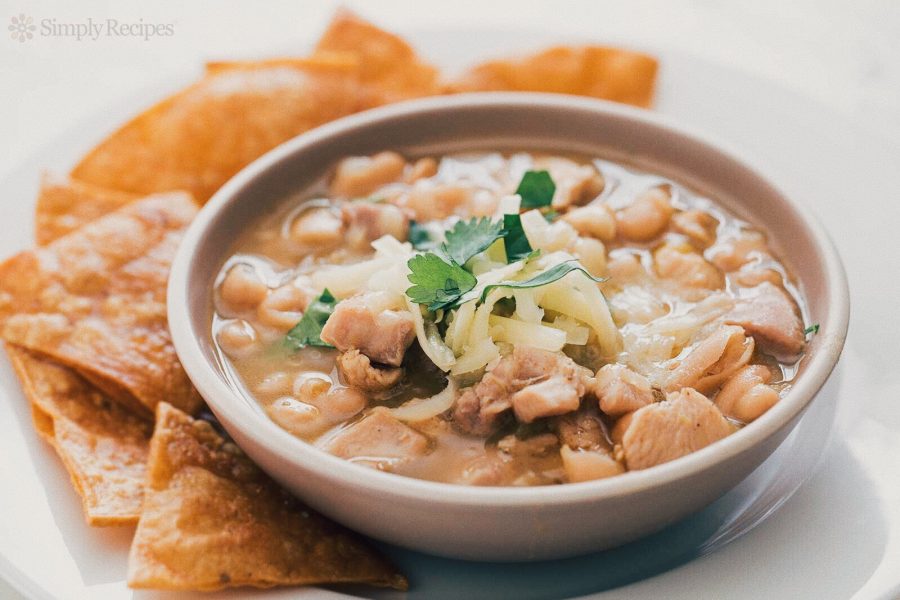Dairy Farmers of America recently awarded UNH’s Fairchild Dairy Teaching and Research Center with a 2015 Gold Quality Award. The dairy facility has received this award almost every year since the farm’s establishment in 1989. This accomplishment by the facility is a result of the complementary practices used within the dairy and the strategic structure of the farm that aids in both the growth development and the milk yield of the 85 cows, most of which are Holstein and a few are of the Jersey breed. This quality milk is then delivered to the Hood Dairy Plant in Concord and consumed by many Strafford County residents. 
When deciding which dairies to present the Gold Quality Award to, Fairchild Dairy Manager Jon Whitehouse outlined the criteria utilized by Dairy Farmers of America. These factors primarily revolve around somatic cell count within the herds, sanitation of the milking supplies and treatment of the facilities. UNH dairy has historically received a score of either 99 or 100 on random state inspections, according to Whitehouse.
Dairy Management professor Peter Erickson provided some specific insight as to how the sanitation of the cows is ensured.
“After milking, the students conduct a post dip to decrease chances of bacterial infection,” Erickson said. This process consists of coating the udders in liquid iodine. 
Once the milk has been produced, it is placed into the “bulk tank,” Erickson said, which is kept at 35 degrees Fahrenheit.
A sample of the milk is then taken before it begins its bi-daily delivery to the Hood Dairy Plant. “It is tested for various qualities such as bacteria count and pre-incubation count,” Whitehouse said. These tests not only act as an indication of the hygiene of the machinery, but also serve as a secondary source of confirmation for the quality of the milk that so many rely on. 
Apart from the upkeep of the machinery and facilities, the dairy’s ability to continuously win this coveted Gold Quality Award is rooted in the way it nurtures and feeds its cattle.
The cows at the farm are milked twice a day by UNH students; once at 4:30 a.m. and again at 3:30 p.m. The daily total milk average is approximately 85 pounds.
Erickson said that the high yield of milk is upheld by specific feed patterns. The cattle’s diet consists of fermented grass and corn, which are grown in silos. Beet pulp, fermented barley and hops are also abundant in their diet, which Erickson said makes the diet cheaper.
“Otherwise the barley and hops would be added to a landfill,” Erickson said. Each cow’s nutrient rich diet is dictated by factors such as milk production, weight of the cow and amount of fat in the milk, to name a few. 
Although both Erickson and Whitehouse admit that the milking procedures utilized at the dairy deserve the bulk of the credit for the Gold Quality Award, the exceptional quality of the milk would never exist without the strategic developmental stages of the cows and the ways in which the dairy attends to their needs.
Each of the dairy barn’s six interconnected rows of barns serve an integral role in the development of the milk-producing cows. The Heifer barn contains the mature Heifer cattle, and the calves are kept in a separate room due to their naive immune systems.
Once the calves reach eight weeks of age, they are exposed to living as a group in three outdoor pens with two or three other calves where they remain for two to four weeks as they learn to socialize as herd animals. They are then transported to the “Teenage Barn,” where in time, they can be transferred accordingly to either the “Lactating Barn,” “Nursing Barn” or “Heifer Barn.” 
It could definitely be said that the UNH student body is extremely lucky to live on a campus where exceptional milk is not only readily available, but produced on the local soil. The faculty’s knowledge and guidance, when combined with the work ethic and unbeatable hands-on experience welcomed by the student milkers, account for a significant privilege that is not common among all universities. 

























